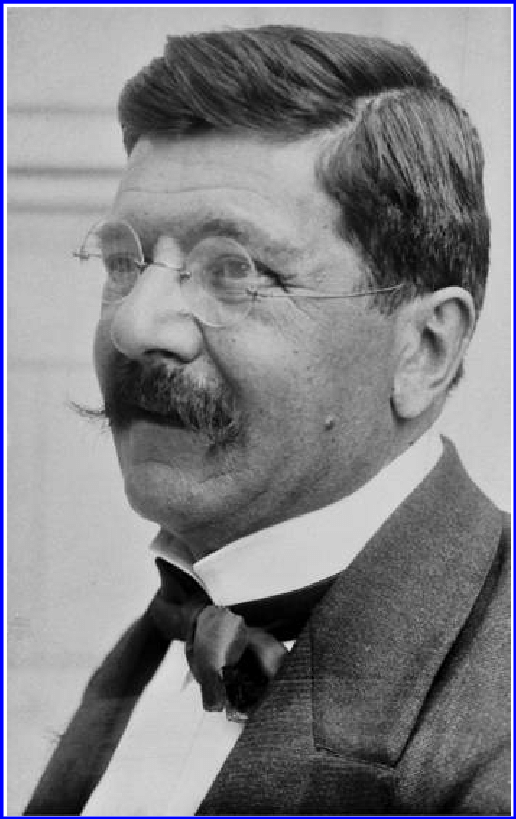
Primo Capri and his Plesiosaur. Photo: Rafael Soriani, 1922
On December 10, 1823, Mary Anning discovered the first complete Plesiosaur skeleton at Lyme Regis in Dorset. Noticed about the oddity of the specimen, George Cuvier wrote to William Conybeare suggesting that the find was a fake produced by combining fossil bones from different animals. But despite their unusual body plan Plesiosaurs were a highly successful group of Mesozoic marine reptiles. Their four limbs are enlarged and modified as propulsive flippers, the trunk is short and stiff, and proportional head size seems to vary inversely with neck length.
The idea of surviving plesiosaurs was popularize in the works of Jules Verne and Sir Arthur Conan Doyle. “The Monster of Lake LaMetrie” (1899), a short story by Wardon Allan Curtis, features an encounter between a scientist and a plesiosaur that has been cast up from the hollow center of Earth. The modern emergence of the Loch Ness monster in the 1930s was deeply influenced by these stories and films like The Lost World (1925) and King Kong (1933). Even now, the discovery of fossil remains of plesiosaurs from the freshwater fluvial deposits of the mid-Cretaceous Kem Kem Group of Morocco sparked some sensationalist headlines about the Loch Ness Monster. But a decade before the media frenzy around Nessie, there was an argentinian expedition to hunt a living plesiosaur.

Clemente Onelli (courtesy of Archivo General de la Nación, Argentina). From Brinkman and Vizcaíno, 2014
It all began in January, 1922, when Martin Sheffield, a flamboyant American hunter and gold prospector living in Patagonia, wrote a letter to Buenos Aires Zoo Director, Clemente Onelli. In the letter, Sheffield claimed that he saw a very strange creature in a lake near Esquel, a small Patagonian town in the foothills of the Andes: “I have been able to see, in the middle of the lake, an enormous animal with a head like a swan and enormous size and the movement in the water makes me suppose a crocodile body.”
Sheffield’s account and similar reports from Laguna Epuyén led Onelli to think that the mysterious creature could be a plesiosaur. He organized an expedition to capture the beast alive and bring it back to the zoo in Buenos Aires. Onelli also invited Elmer S. Rigg, an associate curator of palaeontology at the Field Museum of Natural History in Chicago. Riggs, like most of the scientific community utterly discredited that a plesiosaurus was still alived. However, some people took it seriously. That was the case of Dr. Albarracin, President of the Society for the Protection of Animals. He demanded that the Minister for the Interior stop the expedition, under the law 2786, which prohibits the hunting of rare animals.

A report from the Plesiosaur expedition. Scientific American 127: 2
Despite the fail of the expedition, the fever around the plesiosaur did not stop. Primo Capraro, a businessman from Bariloche, used a float with the figure of a plesiosaur making it parade through the streets of the town. Rafael D’Agostino (music) and Amílcar Morbidelli (lyrics) wrote a tango about the creature. And one hundred years later the stories around the monster continued. The last reported sighting was on August, 2020.
References:
Brinkman, Paul & Vizcaíno, Sergio. (2014). Clemente Onelli’s sketch map and his first-hand, retrospective account of an early fossil-hunting expedition along the Río Santa Cruz, southern Patagonia, 1888–1889. Archives of natural history. 41. 326-337. 10.3366/anh.2014.0251.

